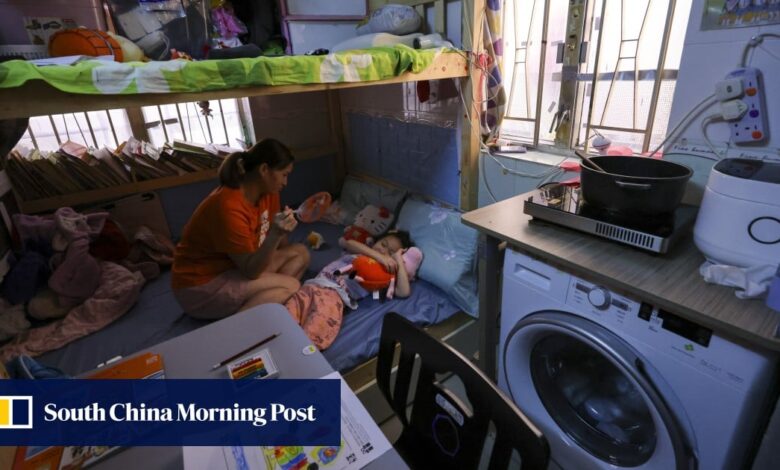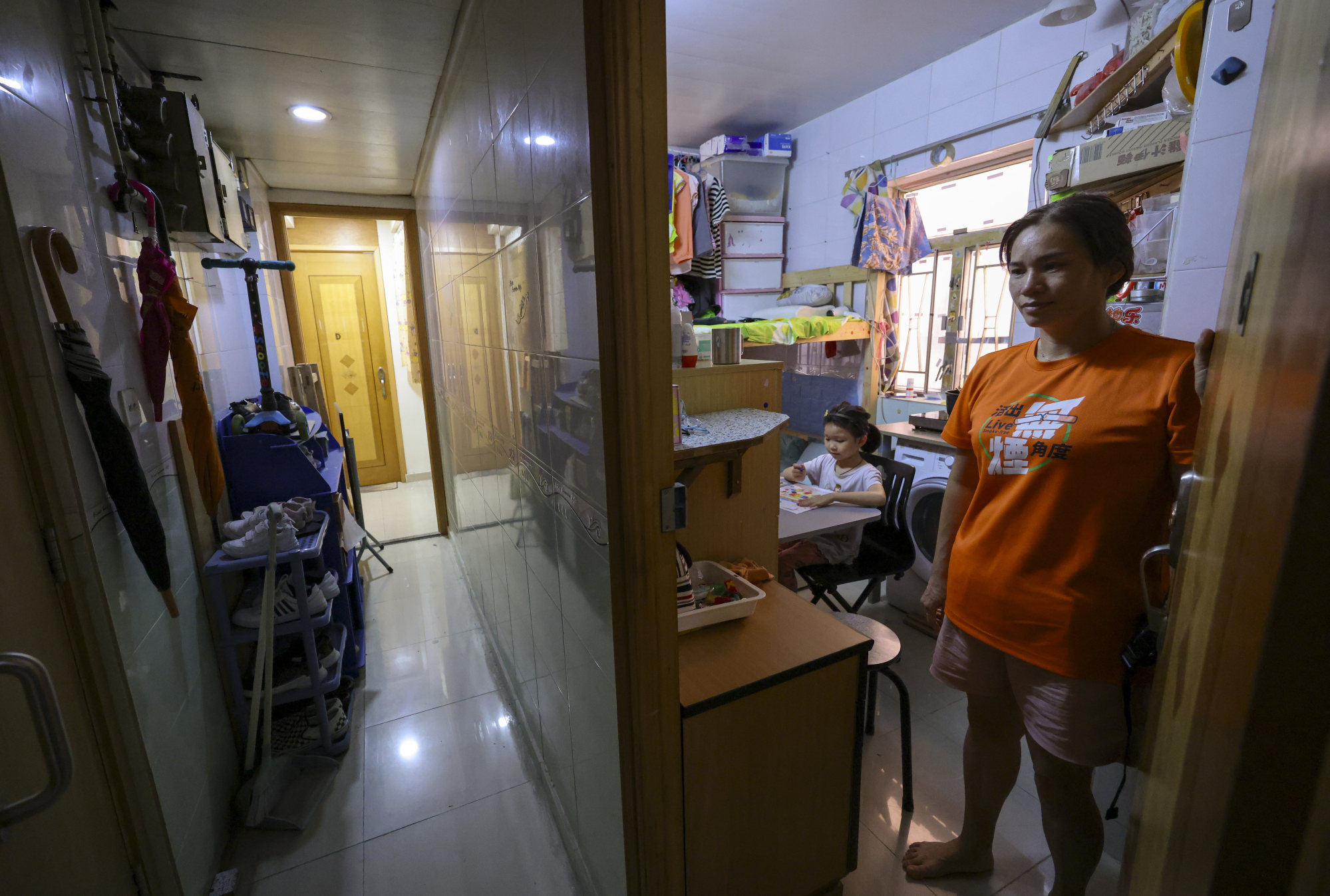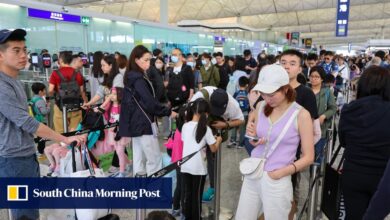Hong Kong set to open first ‘community living room’ for residents of subdivided flats before year’s end

[ad_1]
Hong Kong’s will launch its first “community living room” for residents of subdivided flats before the end of the year, authorities have vowed, reporting faster-than-expected progress on opening the space as the sponsor is covering renovation costs.
The venue on Fuk Wah Street in Sham Shui Po will provide residents with 8,000 sq ft of additional room to do homework, shower, cook and eat, as part of the government’s wider efforts to ease the plight of the city’s poorest.
“The progress was faster than expected because the venue sponsor offered to cover the renovation costs … it should be ready very soon,” said a member of the Commission on Poverty on Thursday, requesting anonymity.
The group is a poverty alleviation advisory body under the Labour and Welfare Bureau.

Under a “targeted poverty alleviation” approach, the government has identified households in subdivided flats, single-parent families and the elderly as major groups deserving priority assistance.
More than 220,000 residents live in subdivided flats in Hong Kong, including over 34,000 children.
Authorities also revealed they were set to launch the second round of the “Strive and Rise” mentorship programme that supported junior secondary school students living in subdivided flats.
In the first round, 2,000 students were each assigned a mentor to help expand their social networks, build communication skills and plan their finances and careers.
Hong Kong’s John Lee vows to beat housing crisis, but says it will take 10 years
Hong Kong’s John Lee vows to beat housing crisis, but says it will take 10 years
Some commission members asked the government to expand the quota and operate the programme for several years, as well as extend it to students of other age groups.
Authorities also rolled out after-class care services at primary schools to ease the burden on working single parents this month.
About 50 primary schools in six districts, including Yau Tsim Mong, Sham Shui Po and Kwun Tong, are expected to join the scheme, benefiting roughly 3,000 students.
The schools supply the space and NGOs provide the services, but another member told the Post the groups were facing recruitment challenges.
“It was hard to find the right people because they were not only expected to look after the children, but also provide a certain level of academic support,” the member said.
In the meeting, some members also raised questions about the review of the poverty line, but the government did not provide further information about its stance, saying only more time was needed for a review.
The poverty line was set at 50 per cent of the median household income by household size before policy intervention, including taxation and social welfare transfers. A poverty situation report was released by welfare authorities every year based on this framework, until 2020.
Hong Kong developer, NGO team up to offer transitional flats to low-income families
Hong Kong developer, NGO team up to offer transitional flats to low-income families
Welfare chief Chris Sun Yuk-han earlier said the commission found the poverty line was not an accurate measurement and asked the government to take multiple factors into account.
Sun said he hoped the new framework, now under review, could be made available to the public by the end of this year or early in 2023.
“Many wished to have more relevant data available to review the poverty line from a multidimensional perspective,” a member said.
Examples included the employment situation, living conditions, average household size and community support of the three target groups, the member added.
“The previous line only looked at the income level, which means everyone will fall into poverty as soon as he retires, and that is not quite helpful in terms of devising targeted poverty alleviation policies,” the member said.
[ad_2]
Source link





